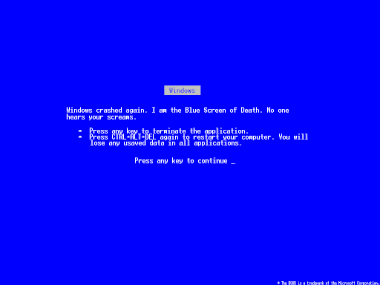Apropos the IP lawsuit between Apple and HTC, it’s perhaps instructive to look back at memorable patent suits. The following excerpt tells the story of how patent royalties were litigated for weapons that the litigants also used as belligerents against each other.
The tale shows that not even global war can affect the outcome of patent law.
From American Rifle http://www.amazon.com/American-Rifle-Biography-Alexander-Rose/dp/0553805177, Roosevelt’s Rifle Chapter, Pages 271-278.
On April 5 1905 the Treasury approved royalty payments of 75 cents per rifle plus 50 cents per thousand clips, up to a ceiling of $200,000. Seven months later, on Novemeber 6, Mauser’s accountants were pleased to receive the first (for $11,367.53) in a four-year-long series of checks adding up to the $200,000 maximum.
[General William Crozier who became Chief of Ordance of the Army in 1901 overseeing production for the nation’s weapons] made an energetic start on the new .30-06 bullet, introduced on October 15, 1906. Early the following year he received an ominous visit from a very polite but insistent representative of Deutsche Waffen Munitionsfabriken (DWM), maker of the Spitzer bullets for the Mauser rifle. The .30-06, he said, was a near-copy of DWM’s “projectile for hand-firearms”, which had been submitted to the Patent Office on February 20, 1905–about the same time, suspiciously, that Crozier had been finalizing the financial details of the settlement with Mauser–and approved on January 22, 1907.
The good news was that DWM had a far weaker case than Mauser’s–it was difficult to demonstrate that the shape and dimensions of such a common item as a bullet were unique–and Crozier’s patent attorneys advised him to fight the case. Crozier, again fearful that the newspapers would find out about this charge (even if it was trumped up by an opportunistic DWM), decided to fend off the accusers by stalling. He appointed his deputy, Lieutenant Colonel John Thompson (inventor-to-be of the famous tommy gun), to take care of the negotiations in the hope that they would go on for years.
…
In the summer of 1914 [8 years after the accusation] his deputy Thompson had finally run out the clock regarding Ordnance’s alleged infringement of DWM bullet patents. DWM had made repeated offers to Thompson asking him to settle quickly, and each time they had been rebuffed. On July 18, 1914, less than a month before the outbreak of the cataclysmic Great War, in which millions of men would be killed by pointed bullets, DWM finally lost its patience and sued the government in the U.S. Court of Claims for royalties on 250 million Spitzer bullets totaling $250,000. Ten days later, when Austria-Hungary declared war on Serbia, the suit was deferred.
Crozier’s position was saved by the sinking of the Lusitania in 1915 and the U.S. declaration of war on Germany in April 1917. Upon entry to the war, under authority of the Trading with the Enemy Act, the government created the Office of Alien Property Custodian to oversee the seizure of enemy-owned or enemy-controlled assets. To Crozier’s immense relief, the DWM patent was ruled to be U.S. property, and the attorney general dismissed the company’s suit out of hand.
Crozier retired in 1919 and escaped the censure for the fallout from a reinvigorated lawsuit launched by DWM in 1920 [two years after the WWI ended]. Having given up on obtaining a favorable patent-infringement judgement, DWM’s lawyers focused on whether the alien property custodian’s seizure of the patent had been lawful. Impressed by DWM’s argument that its bullet was protected by previous treaty, a tribunal ruled the U.S. government in violation and awarded DWM damages of $300,000.
Washington immediately appealed the decision, and the case lurched on interminably, for another seven and a half years, until it was finally settled on the last day of 1928, a generation after its beginning. The judgement stood. With interest added on the original $300,000, the United States owed a German company $412,520.55 [for the rights to the bullet they used against Germany in two World Wars].
Read more:
http://en.wikipedia.org/wiki/Mauser
http://en.wikipedia.org/wiki/Springfield_1903 “Still, the 1903’s used so many design features from the German Mauser that the U.S. government paid royalties to Mauserwerke”
http://en.wikipedia.org/wiki/Spitzer_(bullet)


